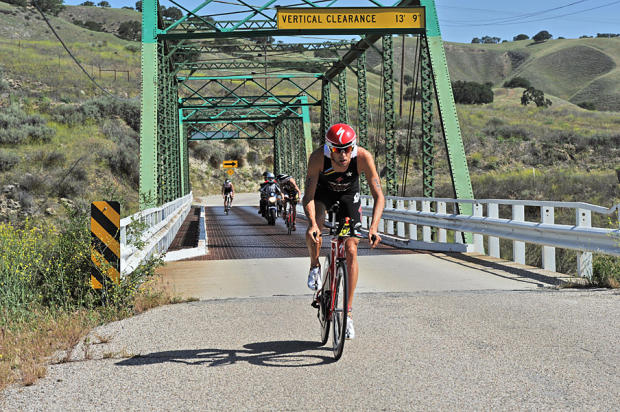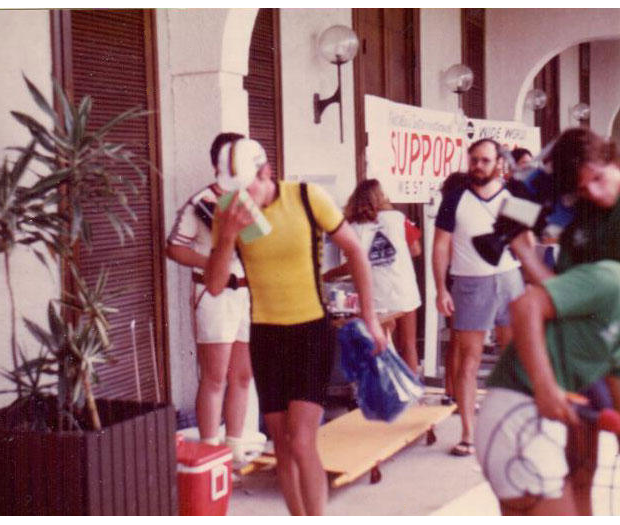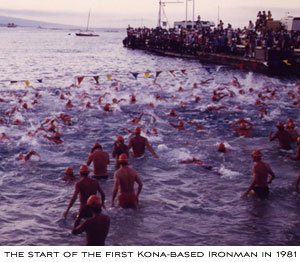Pacify the Locals
I wrote in my last installment how I fixed the problem with the guy whose bait shop business I was commencing to wreck on race day. We were closing the boat ramp at 7am (it was our ingress/egress to/from the swim). He might lose as much as $300 in bait sales that morning? So? I offered to write him a check for $300. He refused to take the check. Instead he offered to volunteer. It was the gesture that mattered.
Two ways you can handle this. The power play. That’s one. I prefer the second way.
Once I put on a criterium, on Sunday, and a big church was inside the circuit. How were the parishioners going to get across the street and into the church?
I could’ve appealed to the Chamber of Commerce to overpower the church’s needs. Instead I just drove to the church, parked my car, went in and met the pastor. I told him what I wanted to do, and asked his advice. He changed the time of the service on that day, and his parishioners became race volunteers.

The moral: Be prepared for failure, but plan for success. Getting the locals on your side – making it their race as much as yours – is how you plan for long-term success. It’s also much cheaper to produce a race that locals look forward to.
I put on a race that, in year-1, caused a lot of problems! We needed streets to be free of cars. We flyered, we direct mailed, we put up signs, we had the newspaper run a story. Don’t park your car on the street on this day! What we didn’t reckon with were vacation rentals – people driving in from out of town the night before the race, who had no idea there was a race. A lot of cars got towed. I wrote a lot of checks. So…
The next year, I asked the city, “Do you have a lot proximate to these streets I can use?” Yes. I then called up a tow truck company. “Can I just rent a truck and driver for 2 hours?” Yes. It was cheap! We towed all the cars to the nearby lot. Of course people ran down to the beach, screaming, “Where’s my car?”
“What kind of car is it? Is it possibly that car? There? Is that yours?” “Yes! Thank you!” Everyone was happy. Relieved. And, impressed that we had the forethought to anticipate the solution.
If you’re going to produce a race that you want to have on the calendar 5 or 10 years into the future, you’d better get to know the locals. Go door to door. Are you bisecting the town with your race? Think about who you are going to inconvenience! Spend some time with the churches, farmers markets, wherever it is people tend to need to get to on a Saturday or Sunday.
I promise you, if you think controlling 51 percent of the political power is sufficient, your race won’t survive and, even if it does, it’ll be a struggle every year. County supervisors change, as do city councils, mayors. Churches, newspapers, cafes, they don’t change. Make sure they feel that it’s not just your race, but their race. Not only will this create great goodwill, your direct customers – your registrants – will note the positive vibe in the town, and this will become part of the fabric of your event.
The Series:
• How to Be a Race Director
• Picking a Course
• Pacify the Locals
• Getting That Special Event Permit
• Assembling Your Race Committee
• Your Race Budget
• Traffic Plan
• Getting Volunteers
• Getting Sponsors
• Attracting Media
• Filling Your Race
• Aid Stations





Start the discussion at slowtwitch.northend.network